A major new player has entered the race toward endless energy.
Category: energy – Page 90
Samsung’s 20-year-life EV battery runs 600 miles on 9-minute charge
The “super premium” segment here implies a driving range of around 600 miles per charge. In addition, Samsung will be introducing high-nickel NCS products for the premium segment.
Samsung’s oxide solid-state battery technology boasts an energy density of 500 Wh/kg, nearly double the 270 Wh/kg density of mainstream EV batteries.
This increased density could potentially double the driving range of current electric vehicles.
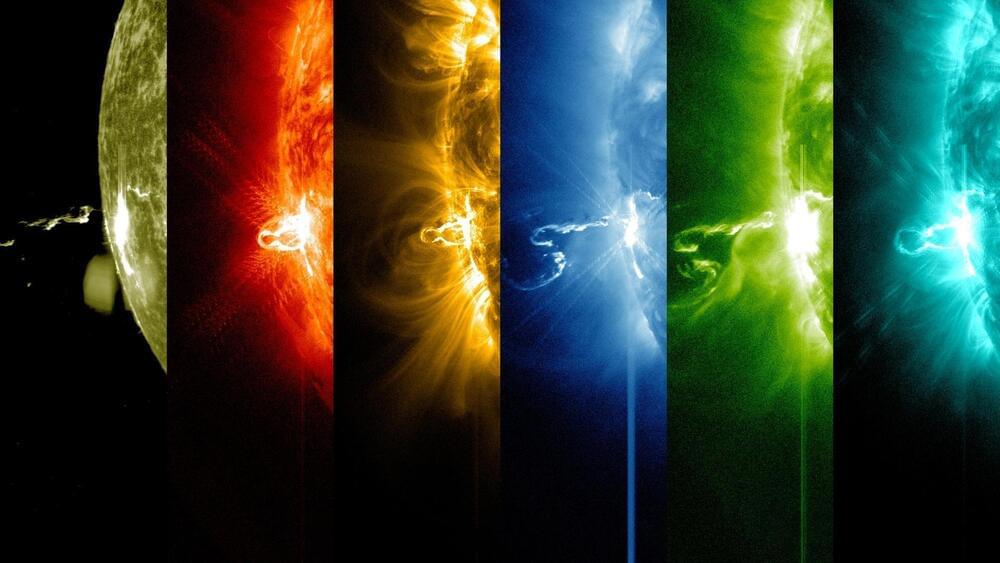
Sun’s Next Solar Cycle Detected Early in Sound Waves
The Sun’s next 11-year solar cycle has been detected in internal sound waves, even though the current Cycle 25 is at its solar maximum and won’t end until mid-2025. This peak period increases sunspots, flares, and coronal mass ejections, sending more electromagnetic energy towards Earth.
Even though the Sun is only halfway through its current 11-year solar cycle, the first rumblings of the next one have already been detected in sound waves inside our home star.
This existing cycle is now at its peak, or ‘solar maximum’ — which is when the Sun’s magnetic field flips and its poles swap places — until mid-2025.
Cylinder sails promise up to 90% fuel consumption cut for cargo ships
Looking like a set of bridge supports that were accidentally installed on a cargo ship, a new wind-driven system by startup CoFlow Jet promises to reduce ship fuel costs by up to 90% using stationary cylinders with no moving parts.
Between rising fuel costs and increasing government mandates requiring shipping companies to go carbon neutral by 2050, there’s a strong push to increase the efficiency of cargo ships while reducing their emissions. One way of doing this is to take a page from the history books and readopt sails to harness the wind.
On the surface, that makes sense. Sails have been propelling ships all over the world for millennia and were still used for commercial transport until after the Second World War. However, there are two problems with sails that have pushed them out of the cargo market for all except the most local of niches.
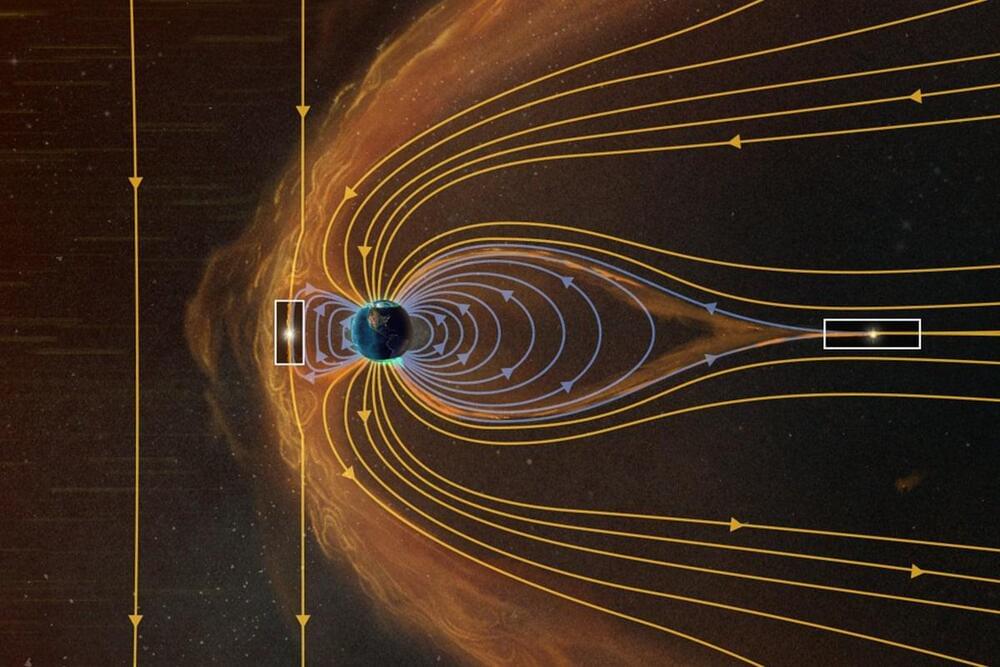
Expect Auroras, Solar Flares and More Space Weather from the Solar Maximum
Space weather is heating up in our current solar cycle peak.
By Clara Moskowitz & Matthew Twombly
Aurora sightings may become more common, and satellite communications and power grids could be disrupted, as solar activity peaks. Our nearest star is always volatile, but its magnetic action waxes and wanes on an 11-year loop. The sun is thought to be in a peak now, although scientists will need another year or two to analyze data before they can say for sure. During this high point we should see more sunspots (dark areas where the sun’s magnetic field reaches the surface) and solar storms (ejections of energy from the sun that reach into space and can affect Earth).
Adding thin layer of tin prevents short-circuiting in lithium-ion batteries
Lithium-ion batteries have a lot of advantages. They charge quickly, have a high energy density, and can be repeatedly charged and discharged.
They do have one significant shortcoming, however: they’re prone to short-circuiting. This occurs when a connection forms between the two electrodes inside the cell. A short circuit can result in a sudden loss of voltage or the rapid discharge of high current, both causing the battery to fail. In extreme cases, a short circuit can cause a cell to overheat, start on fire, or even explode.
A leading cause of short circuits are rough, tree-like crystal structures called dendrites that can form on the surface of one of the electrodes. When dendrites grow all the way across the cell and make contact with the other electrode, a short circuit can occur.
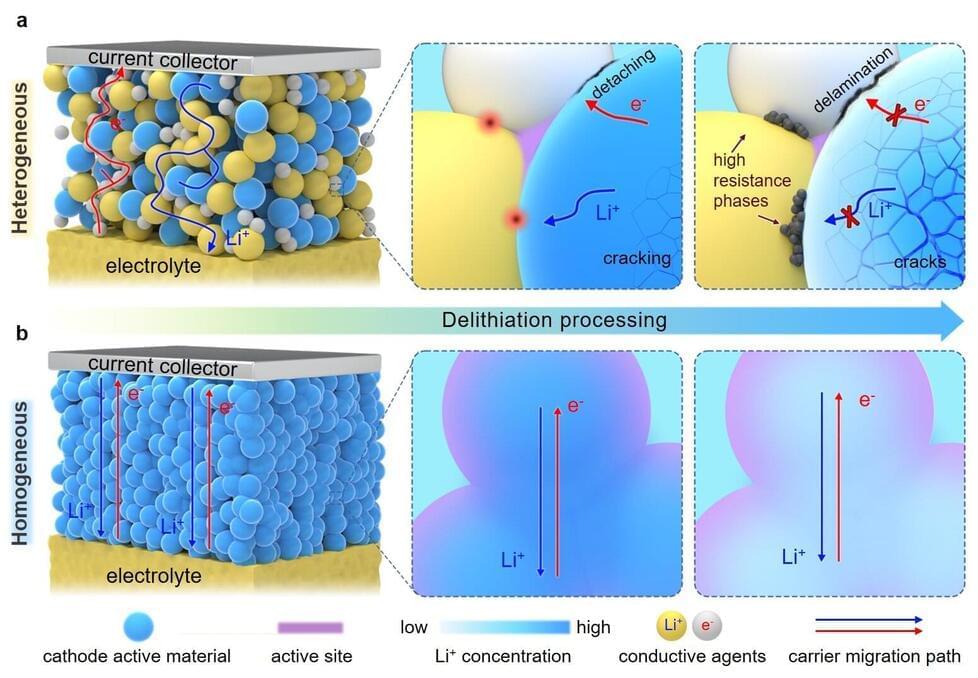
Researchers pioneer new approach to enhance all-solid-state lithium batteries
Researchers at the Qingdao Institute of Bioenergy and Bioprocess Technology (QIBEBT) of the Chinese Academy of Sciences, along with collaborators from leading international institutions, have introduced an innovative cathode homogenization strategy for all-solid-state lithium batteries (ASLBs).
This new approach, detailed in their recent publication in Nature Energy on July 31, significantly improves the life cycle and energy density of ASLBs, representing an important advancement in energy storage technology.
Current ASLBs face challenges due to heterogeneous composite cathodes, which require electrochemically inactive additives to enhance conduction. These additives, while necessary, reduce the batteries’ energy density and cycle life due to their incompatibility with the layered oxide cathodes, which undergo substantial volume changes during operation.
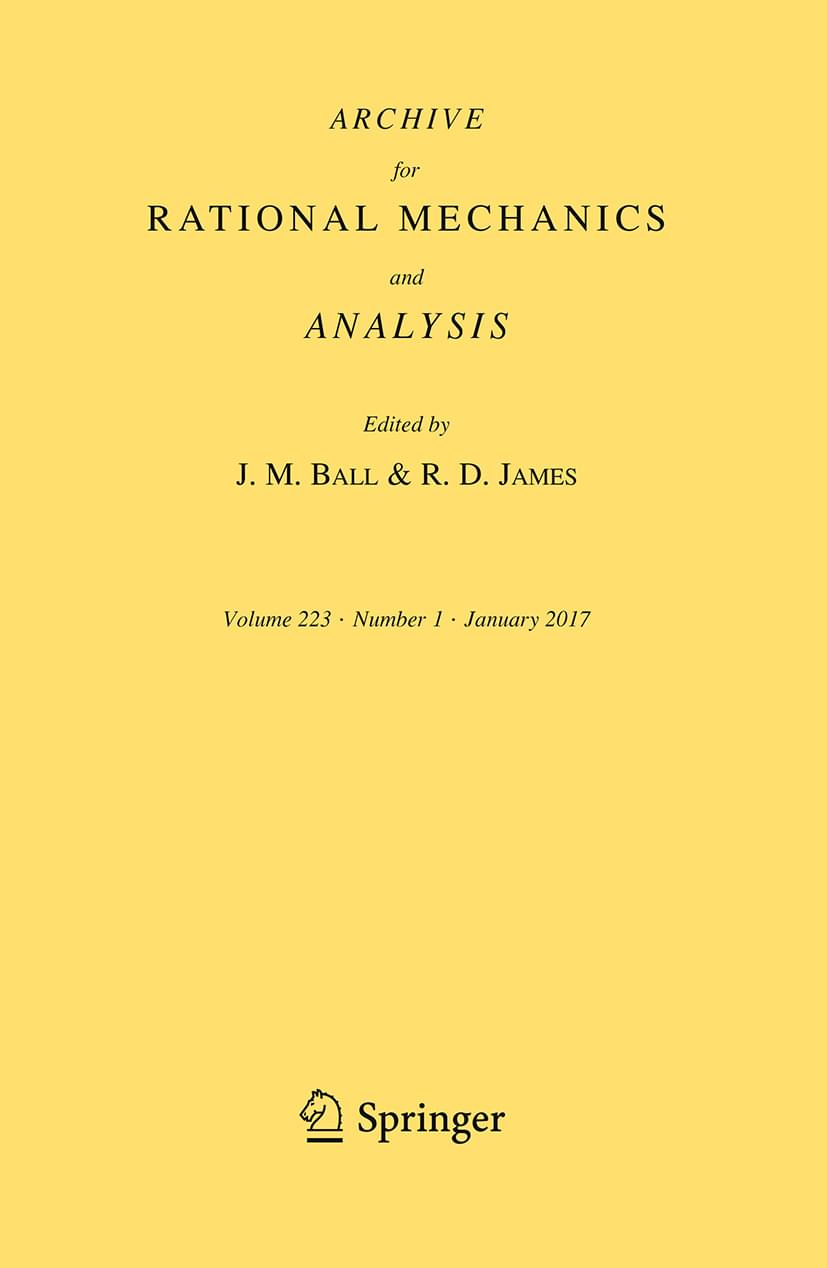
On the Dirichlet and Serrin Problems for the Inhomogeneous Infinity Laplacian in Convex Domains: Regularity and Geometric Results
Given an open bounded subset Ω of $mathbbR^n$$ R n, which is convex and satisfies an interior sphere condition, we consider the pde $-\Delta_infty u = 1$$ — Δ ∞ u = 1 in Ω, subject to the homogeneous boundary condition u = 0 on ∂Ω. We prove that the unique solution to this Dirichlet problem is power-concave (precisely, 3/4 concave) and it is of class C 1(Ω).
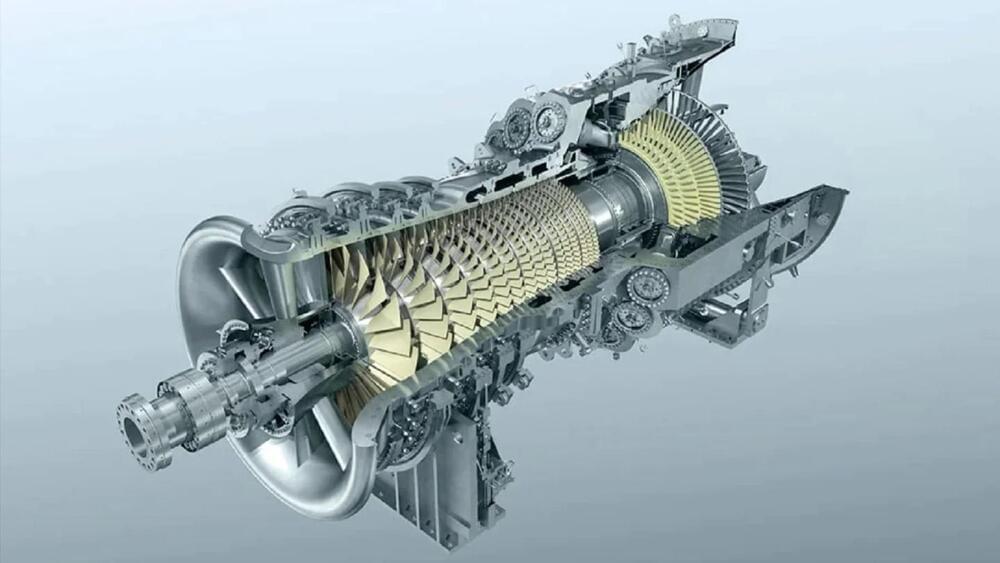
Japan introduces the world’s first green fuel engine with insane power: the end of hydrogen and methanol
One would not be wrong to note that Toyota’s hydrogen engine exhibits enormous performance characteristics. This engine has the capacity to develop one hundred and fourteen horsepower and one hundred and forty Newton meters of torque and, as such, can be used in different car types.
The power-to-weight ratio is also impressive, at 125 horsepower per ton and CO2 emissions of 144 g/km, the thermal efficiency of the engine is 44%, far higher than any traditional gasoline engine. This high efficiency concerns better fuel economy and fewer emissions. The fueling system can also be said to be one of the peculiarities of the hydrogen engine that Toyota uses.
A Flash Like No Other: NASA’s Fermi Detects Unique Energy Peak in Unprecedented Gamma-Ray Burst
Utilizing data from NASA ’s Fermi Gamma-ray Space Telescope, researchers discovered a unique energy peak in the aftermath of the brightest Gamma-Ray burst ever seen, suggesting the annihilation of electrons and positrons. This finding provides new insights into the behavior of cosmic jets and the extreme conditions following such bursts.
In October 2022, astronomers were stunned by what was quickly dubbed the BOAT — the brightest-of-all-time gamma-ray burst (GRB). Now an international science team reports that data from NASA’s Fermi Gamma-ray Space Telescope reveals a feature never seen before.
Unprecedented Spectral Feature Identified.